30 Day Food Waste Challenge
Here at OneThird we are focused on reducing food waste in the world.
Our technology is typically used by companies in the food supply chain, but we believe consumers, such as yourself, can have a huge impact on this issue. Food waste is an issue that everyone plays a part in. The largest percentage of waste in the American food system occurs at homes, with 27 million tons of waste, or 43%, of all waste (ReFED 2016). On top of this, it’s costing consumers $161 billion dollars! For perspective, that is about $1,600 for a family of four.
The environmental benefits of not wasting food are also huge. Food takes up the most space of anything in landfills and generates about 7 percent of all greenhouse gases.

We’ve created the 30 Day Food Waste Challenge
So you can learn new ways to recover your food, saving yourself money, and reducing your carbon footprint as a result. Complete all 30 items within 30 days of starting the challenge to successfully complete it. Below is a helpful PDF that you can use to keep track of your progress and link back to this page for help (Free Download). Feel free to go out of order as necessary. Be sure to use our hashtag #30dayfoodwastechallenge in all of your social media posts and see what everyone else who has completed this challenge has done! Also please share this challenge with friends and family for some healthy competition.
Stay
up-to-date
30
The challenge
#30dayfoodwastechallenge
Challenge #1
Learn to preserve fruits and vegetables
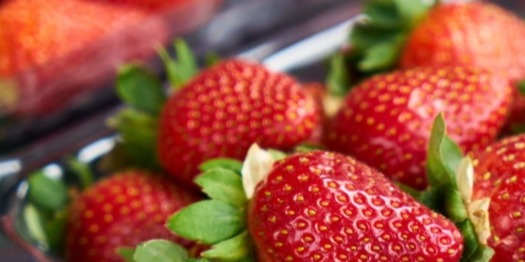
There are numerous ways you can preserve, or adapt your food for it to last longer, that you can easily implement. Whether that is dehydrating, freezing, pickling in vinegar, or immersing in olive oil, all are better than throwing your food away! Check out this blog post by Common Sense Home to learn about the different ways of preserving fruits and vegetables.
Challenge #2
Buy ugly produce
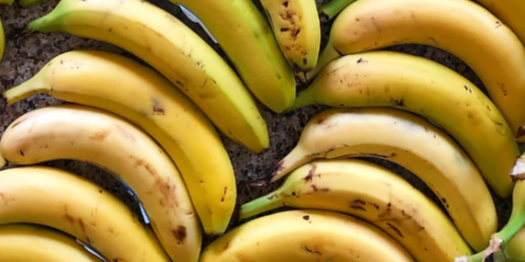
As humans, we’re picky shoppers. Our high standards for what fruit and vegetables should look like leaves retailers with rigid quality specifications, thus rejecting a lot of produce that comes their way. Some grocery stores have started selling “ugly” produce or sell it in the clearance area. A few companies, such as Imperfect Foods, ship ugly produce directly to your home. It all tastes the same and certainly looks the same when it comes out!
Challenge #3
Declutter your fridge
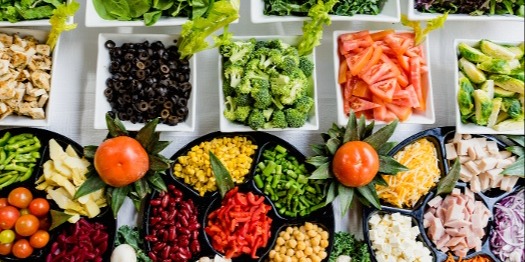
You may not realize how often it is that you simply forget about items in your fridge, just to find them weeks later covered in mold. By keeping an organized fridge you’re much more likely to see your food and eat it! Kitchn has an article called The Best Way to Organize Your Refrigerator.
Challenge #4
Properly store your produce in your fridge
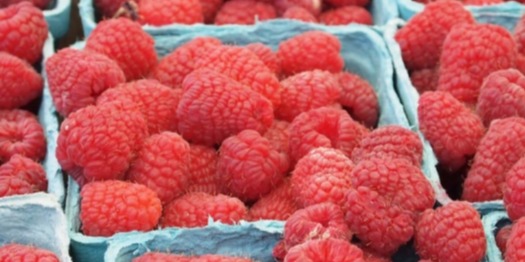
You know those crisper drawers you have in your fridge? Well, they actually are there so you can extend the life of your fruits and vegetables. Learning how to use these drawers properly can save you a surprising amount of money and keep you from having to find something to do with that brown lettuce you never get around to eating. Taste of Home has a great post on how to use these drawers.
Challenge #5
Save leftovers from your meal
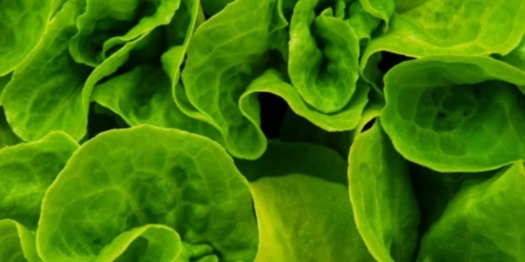
This one may seem obvious to some, but there are people out there that just throw away their leftovers! You may think it’s difficult to store that meal you cooked, but guess what? It’s a lot easier storing it and microwaving it the next day than throwing it away and having to prepare a whole new meal. The best way to store your leftovers really depends on the food you are saving, but this article called Love Your Leftovers makes it quite easy to understand.
Challenge #6
Eat the skin of your produce
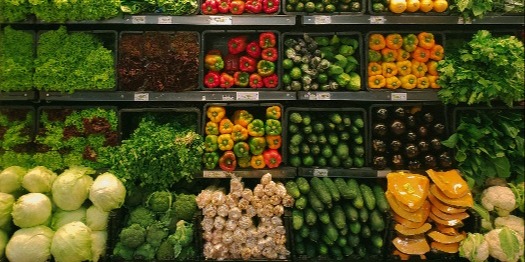
The skin of produce usually contains more nutrients than the flesh, yet its common to throw it away! But before you go eat the outside of that pineapple you just bought, be sure to read the article on fruits and vegetables you should and shouldn’t peel. You may be surprised by some of the skins you can actually eat!
Challenge #7
Save stems, ends and peels of fruits
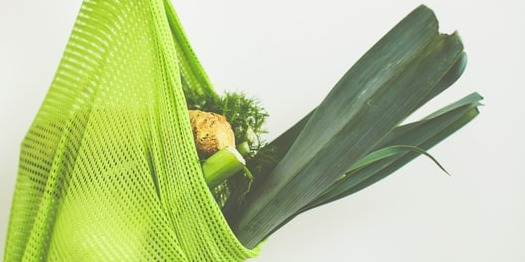
We tend to throw out a lot of parts of fruit and vegetables that we think are inedible and scrap any bruises or mushy parts we see. However, these can actually be some of the more nutrient and fiber-rich portions of our produce. This video gives a nice introduction to food waste smoothies, but feel free to get creative with your own ingredients!
Challenge #8
Use tops, stalks, and peels for stock
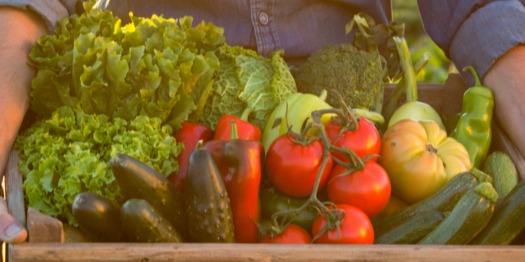
Kitchen scraps may not be your favorite to eat as-is, but when put into a stock they can provide a lot of flavor and nutrients! Our favorite recipe is How to Make Vegetable Broth From Kitchen Scraps. Putting the more delicious parts of fruit and vegetables that would’ve otherwise been wasted is not against the rules here!
Challenge #9
Use fruit peels to flavor your water
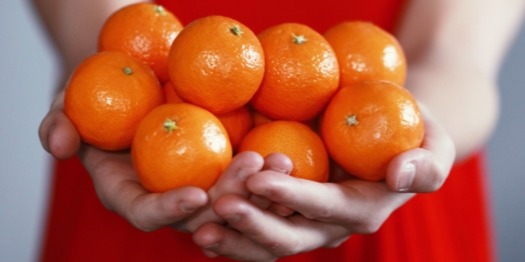
Oranges are known as one of the most flavorful fruits to drink, but how many people have thought of just putting the peel in their drink? The peel actually contains a lot of Vitamin C and can be flavorful itself. Check out this orange peel tea recipe or feel free to just toss your peels in your drink and see how it tastes for yourself!
Challenge #10
Use a smaller plate to serve dinner
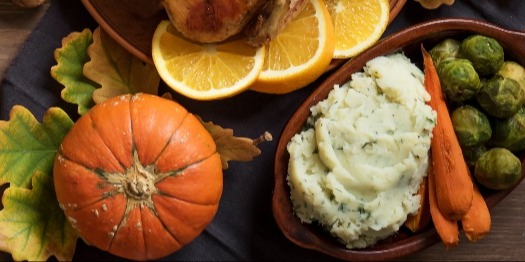
A study on Chinese buffet restaurants showed that those with large plates wasted 135% more food than those with smaller plates. Why? Because our brains are telling us what our plate should look like with food on it. We are so accustomed to filling our plates all the way that we can leave a lot there that we don’t eat and it ends up going to waste. Try using a smaller dish for your next meal and see if you notice a difference in what is left on your plate!
Challenge #11
Freeze leftovers you won’t eat now

Saving leftovers in the fridge is one thing, but far too often we leave them sitting there until they start sporting their new mold. Freezing the leftovers you don’t have time to get around to is an easy way to cut your waste and have some dishes ready for you when you don’t feel like cooking in the future! Erren’s Kitchen has created a great guide to freezing leftovers & make ahead meals.
Challenge #12
Compost leftover food to feed plants
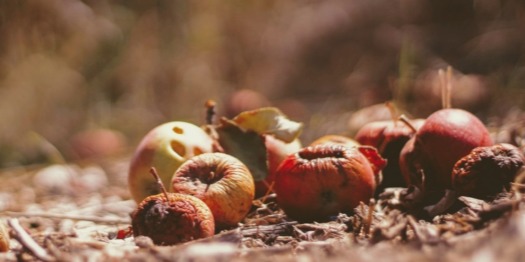
Saving leftovers in the fridge is one thing, but far too often we leave them sitting there until they start sporting their new mold. Freezing the leftovers you don’t have time to get around to is an easy way to cut your waste and have some dishes ready for you when you don’t feel like cooking in the future! Erren’s Kitchen has created a great guide to freezing leftovers & make ahead meals.
Challenge #13
Use coffee grounds as a fertilizer
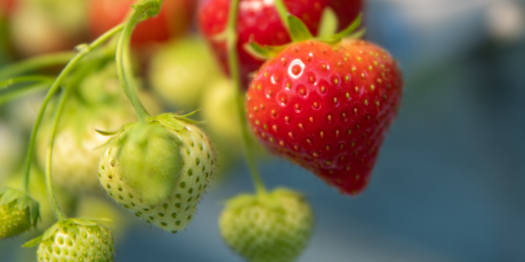
It’s probably second nature at this point to toss the coffee grounds into the trash after you make your essential morning (or afternoon) coffee. But in the same way your coffee energizes you, your plants can actually greatly benefit from the ground up coffee beans. It can not only be used as a fertilizer, but also as mulch and a natural pesticide. Learn more about how to use coffee grounds in your garden or yard with this Common-Sense Guide to Using Coffee Grounds in the Garden. If you prefer tea, you can actually put tea grounds and leaves in your garden as well! If you don’t drink tea or coffee, you can even just pour water you think is no longer safe to drink or stashed away in bottles in your room into the soil!
Challenge #14
Use overripe avocado as a skincare
-1.jpeg?width=525&height=262&name=Onethird_Scanner_CMYK_08_HR%20(2)-1.jpeg)
Avocados are like magic for the skin with vitamins A, D, E, and B-6. They also tend to over ripen quite easily. Making skincare products out of avocado instead of tossing them in the trash is a completely natural way to make your skin glow. Check out this article on 6 ways you can use overripe avocado.
Challenge #15
Write down everything you throw away

It’s probably second nature at this point to toss the coffee grounds into the trash after you make your essential morning (or afternoon) coffee. But in the same way your coffee energizes you, your plants can actually greatly benefit from the ground up coffee beans. It can not only be used as a fertilizer, but also as mulch and a natural pesticide. Learn more about how to use coffee grounds in your garden or yard with this Common-Sense Guide to Using Coffee Grounds in the Garden. If you prefer tea, you can actually put tea grounds and leaves in your garden as well! If you don’t drink tea or coffee, you can even just pour water you think is no longer safe to drink or stashed away in bottles in your room into the soil!
Challenge #16
Take stock of your near-expiration items
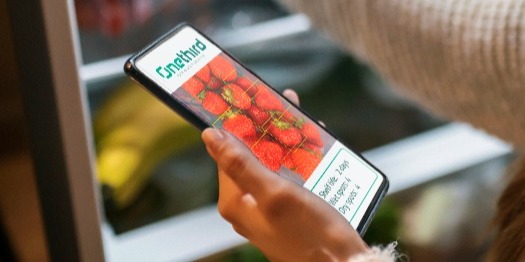
If you work in manufacturing, you probably shudder at the sound of “stock take”. But implementing this at home thankfully doesn’t involve thousands of SKUs and it can help you save your own money! Just simply record the item name and the expected expiration date and you can have a picture of all ingredients and meals you have waiting to be eaten. Then you can prioritize those closest to expiration so you can cross them off your list and not have them end up in the bin. If you’re wondering what the expiration date is for your items without a date on them, eatbydate.com has some great information on shelf-life for pretty much every type of food.
Challenge #17
Have one dinner dedicated to leftovers
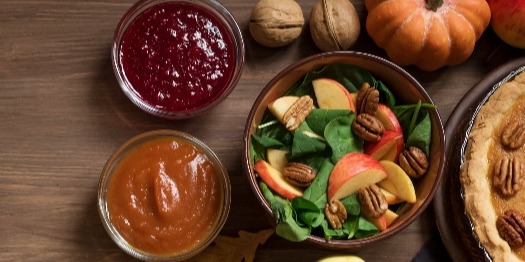
Forcing yourself to use your leftovers is a fun and delicious way to ensure you aren’t feeding greenhouse gases to the atmosphere. You can be creative and make that broccoli lasagna potato chip casserole you’ve always dreamed of or find recipes on one of these apps made just for this very reason.
Challenge #18
Share your food with others
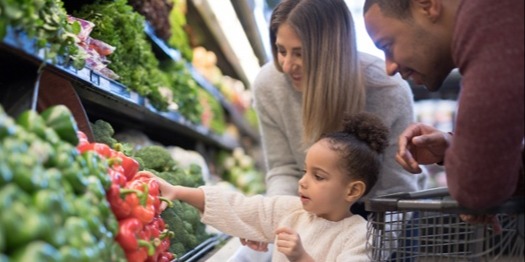
Sharing and donating food is one of the best ways to reduce your food waste impact. 1 in 6 Americans doesn’t know when their next meal will be, all while we are throwing our slightly discolored food away. The first step to donating food is really just understanding how to do it. Reader’s Digest has made a great article on How to Donate Food So It Won’t Go to Waste. You can also share your meals with a neighbor or a friend! We’ve created a Food Donation Program Map for those in the US looking to find the program nearest to them.
Challenge #19
Put your dry foods in a container
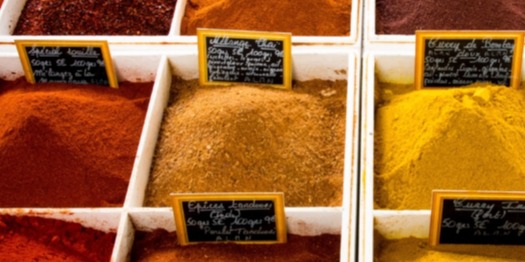
How many times has your food or cooking ingredients gone bad because you tried rolling the bag it is in to store it? Well, keeping your flours, grains, spices, and even your cereals airtight can extend their shelf-life and keep them usable. Check out these tips on the pantry items you should keep in airtight containers.
Challenge #20
Feed scraps to animals
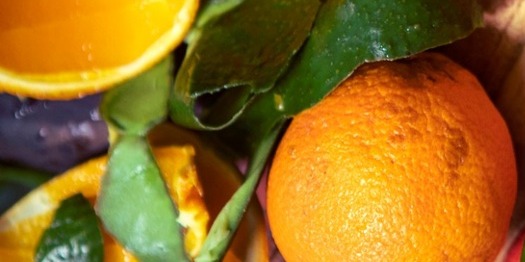
How many times has your food or cooking ingredients gone bad because you tried rolling the bag it is in to store it? Well, keeping your flours, grains, spices, and even your cereals airtight can extend their shelf life and keep them usable. Check out these tips on the pantry items you should keep in airtight containers.
Challenge #21
Use the top shelf in the fridge as priority
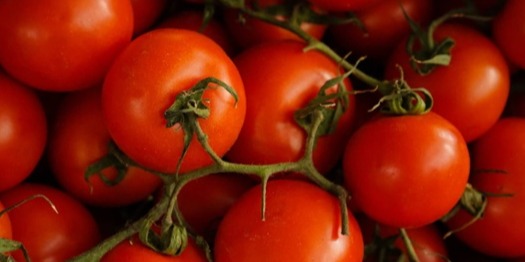
How many times has your food or cooking ingredients gone bad because you tried rolling the bag it is in to store it? Well, keeping your flours, grains, spices, and even your cereals airtight can extend their shelf-life and keep them usable. Check out these tips on the pantry items you should keep in airtight containers.
Challenge #22
Make fried rice with extra vegetable bits
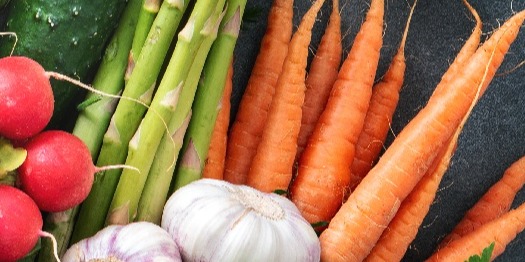
One of the things holding us back from eating parts of vegetables is not knowing what parts are and aren’t safe to eat. Another thing limiting us is not knowing how to use these extra bits. Well fear no longer, this post on Edible Vegetable Parts will be able to help you decide what parts of the vegetable are safe to eat. And leave the dish creation to us, just fry it up with some rice! This Extra Vegetable Fried Rice Recipe is one of the best out there. If dietary restrictions limit you from eating rice, feel free to transform this into a veggie sauté or substitute the rice for another ingredient.
Challenge #23
Hold off your next grocery trip by 3 days
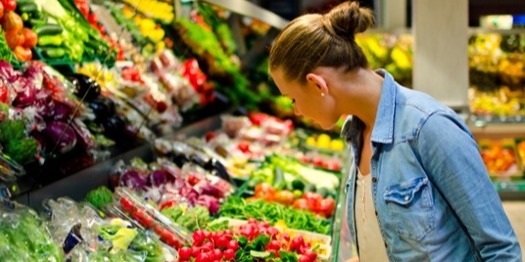
The best way to force yourself to use the food you have at home is by delaying your next grocery trip. Doing this makes us get creative with all of the food we have sitting around our kitchen and helps us eat it before it goes bad. Make sure you don’t slip up and go out to get fast food to avoid eating leftovers! Mashed has a great post on Meals you should make when you have “nothing” in the house.
Challenge #24
Go shopping on a full stomach

Your stomach has a lot of control over your brain. When you’re hungry, it wants to devour everything in sight and often leads to overbuying. It can even lead you to buy more non-food items. One study showed that hungry shoppers bought an average of 46% more high-calorie products than those that ate just before shopping. If you want to read a bit more about this finding and some others, read this article on Live Science.
Challenge #25
Learn what different dates on packaging mean
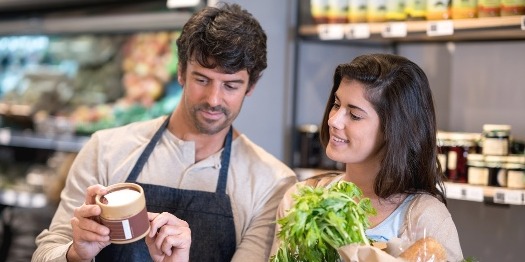
According to ReFED, the number one biggest impact on food waste will be standardizing date labels and understanding them better. To make a long story short:
“Sell By” is not for safety, but a conservative date set by stores for getting it off their shelves
“Best By” is the recommended date to eat food by for it to have the best flavor and quality. But often, food is still safe to eat past this date
“Use By” is the date at which food is no longer at peak quality Often, our food is good for a bit of time after all three of these dates pass. However, it’s best to be smart and evaluate whether your expired food is safe to eat. For a more in-depth guide on what your date labels mean, check out this post called Understanding Date Labels
Challenge #26
See how good items last past expiration
-1.jpeg?width=525&height=262&name=Onethird_Scanner_CMYK_07_HR%20(1)-1.jpeg)
We don’t all have access to devices like OneThird’s where we are able to scan every piece of produce we own to determine shelf-life (not yet, at least). Luckily, there are resources out there to gain a pretty good idea of how long your food and beverages will stay good for, regardless of what all those dates printed on it may say. The USDA has created an app, FoodKeeper, just for this purpose. Using it can help answer the questions you have about the food in your fridge and pantry.
Challenge #27
Mark items with the buy or make date
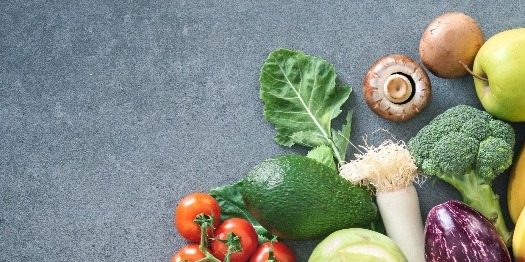
Ever wondered why your reclosable zipper bags have the white area on front with the word “Date” on them? That’s to mark the date you bought or made food funnily enough! We are usually overconfident in our memorization abilities until we try to remember what day we actually made that lasagna. Leave the guesswork out of it and mark up your containers and zipper bags! Lifehacker has made a helpful guide called Write the Date on Everything in Your Fridge.
Challenge #28
Shop clearance produce first
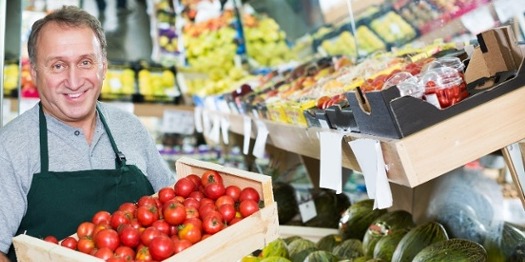
Do you ever wonder why some produce is on clearance and some isn’t? Typically it is there because either it’s not as pretty as other produce or it is a couple of days older than what is on display. However, if you’re planning on using the ingredients in a meal in the next few days, why not get your ingredients for less money? And if it is just an ugly vegetable or fruit, it can still be perfectly fine to eat. Give it a try and get out of your comfort zone. You may surprise yourself! Check out this guide on How to Take Advantage of Clearance Produce.
Challenge #29
Use orange peels as a cleaner
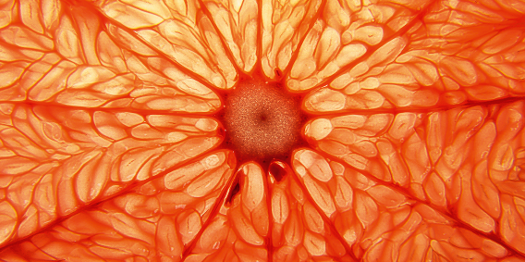
It’s not often we think about mixing orange and vinegar together, but this can actually create a pretty powerful non-toxic all-purpose cleaner. This can even be done with other types of citrus to add a nice scent and a bit of extra cleaning power to your vinegar, which is already a pretty great cleaner itself. Check out this guide on How to Make an All-Purpose Kitchen Cleaner Using Citrus Peels.
Challenge #30
Store stale bread in the freezer
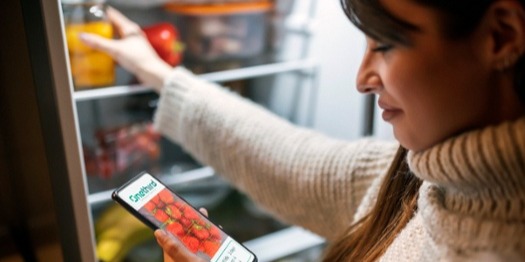
The average consumer spends a few dollars on wasted bread per month. Stale bread isn’t the most enjoyable to eat in its original form, but what’s stopping you from crushing it down to make free breadcrumbs to make your next meal exciting? You can even use a coffee grinder to do it! Check out this article on the 5 Best Ways to Make Bread Crumbs Without a Food Processor by The Tasty Tip.
And that’s it!
After completing this 30 day Food Waste Challenge you will have some fun ideas for how to use things around the house, some tasty new recipes, saved yourself some money (over $100 by our estimates!), and reduced your carbon footprint.
Please share this challenge with others and check out the hashtag #30dayfoodwastechallenge to see how other people are being creative with their food.
Let’s get in touch
OneThird is reducing food loss and waste by giving anyone the power to instantly make smarter decisions about fresh produce.
Capitool 56, 7521 PL Enschede,
The Netherlands